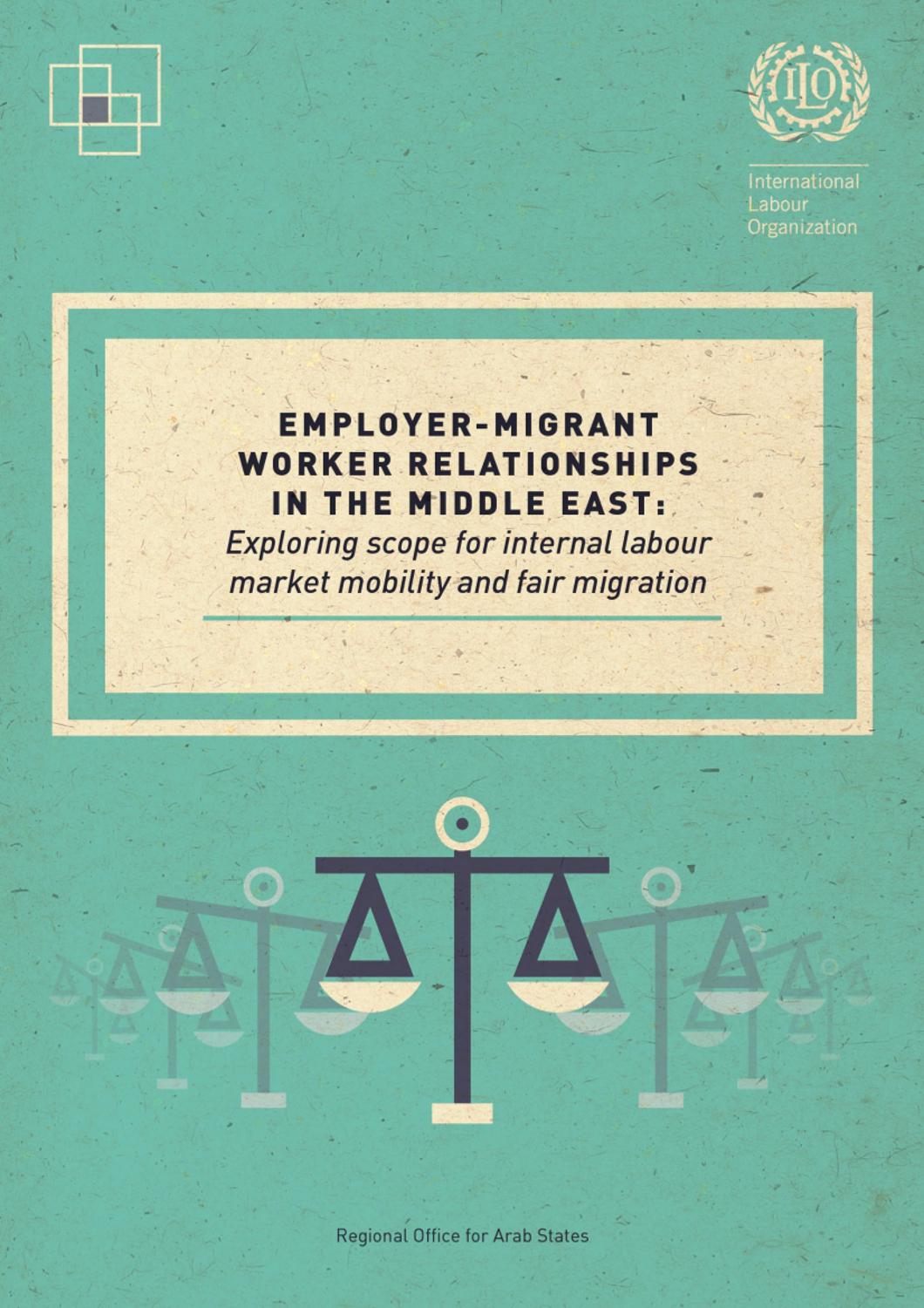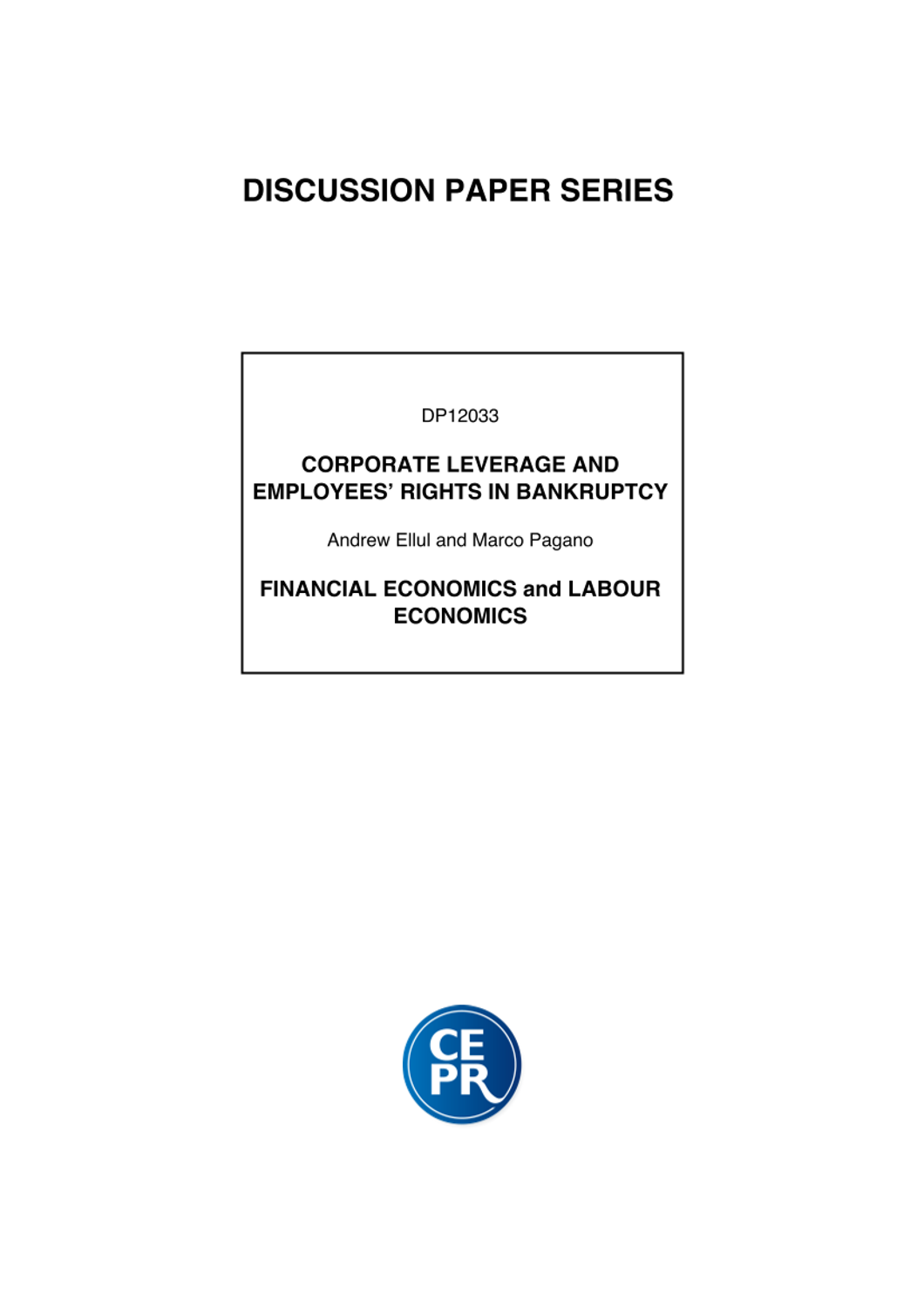연구보고서
Employer-migrant worker relationships in the Middle East: exploring scope for internal labour market mobility and fair migration
- 청구기호
- Report 2017-05
- 발행사항
- Beirut : ILO, 2017
- 형태사항
- 36 p :. PDF file ;. 1,185 KB
- 일반주기
- Also available in (Arabic): علاقات أصحاب العمل بالعّمال المهاجرين في الشرق الأوسط: استطلاع آفاق التنقّل في سوق العمل الداخليّة والهجرة العادلة
- ISBN
- 9789221306771
- 키워드
- International migration, workers' rights, Middle East, Forced labour, Migrant workers, Labour migration, Arab States
- 바로가기
소장정보
| 위치 | 등록번호 | 청구기호 / 출력 | 상태 | 반납예정일 |
|---|---|---|---|---|
이용 가능 (1) | ||||
| E0002553 | 대출가능 | - | ||
이용 가능 (1)
- 등록번호
- E0002553
- 상태/반납예정일
- 대출가능
- -
- 위치/청구기호(출력)
책 소개
Current sponsorship regimes in the Middle East have been criticized for creating an asymmetrical power relationship between employers and migrant workers – which can make workers vulnerable to forced labour. Essential to the vulnerability of migrant workers in the Middle East is that their sponsor controls a number of aspects related to their internal labour market mobility – including their entry, renewal of stay, termination of employment, transfer of employment, and, in some cases, exit from the country.
Such arrangements place a high responsibility – and often a burden – on employers. To address these concerns, alternative modalities can be pursued which place the role of regulation and protection more clearly with the government.
This report demonstrates that reform to the current sponsorship arrangements that govern temporary labour migration in the Middle East will have wide-ranging benefits – from improving working conditions and better meeting the needs of employers, to boosting the economy and labour market productivity.
목차
Foreword . iii
Executive Summary . vi
Acronyms and abbreviations . vii
1. Introduction . 1
2. Background . 3
3. Potential benefits of internal labour market mobility 4
4. Employer-migrant worker relationships that may impede internal labour market mobility and fair migration . 6
4.1 Central elements of sponsorship arrangements . . . . . . . . . . . . . . . . . . . . . . . . . . .6
4.2 Specific types of sponsorship arrangements . . . . . . . . . . . . . . . . . . . . . . . . . . . . . .8
4.3 Other exacerbating factors in sponsorship arrangements . . . . . . . . . . . . . . . . . .10
5. National implementation of sponsorship schemes and recent legislative developments in the Middle East . 12
6. Suggested policy measures to enhance labour market mobility and fair migration 16
7. Conclusion . 21
References 22



